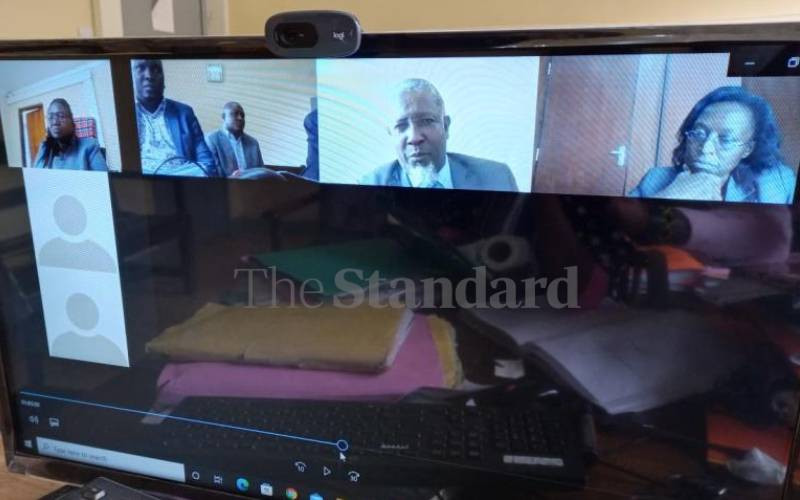×
The Standard e-Paper
Truth Without Fear

The advent of the Covid-19 pandemic posed a major challenge and disruptive force for delivery of justice. However, positively, it compelled the Judiciary to accelerate its automation and digitisation agenda.
Thus, in July 2020, the Judiciary introduced Virtual Courts, the Electronic Filing (e-filing) system for courts in Nairobi, and the Case Tracking System (CTS).